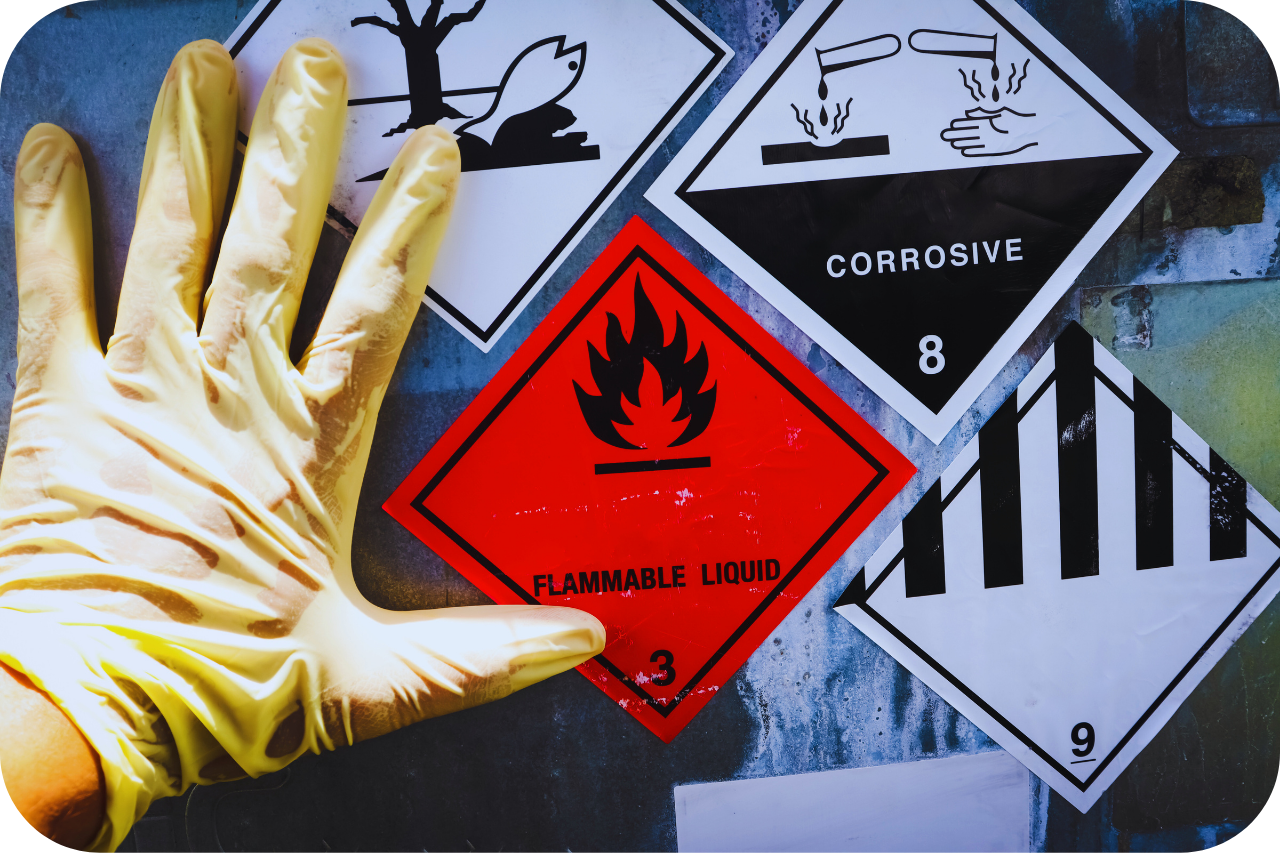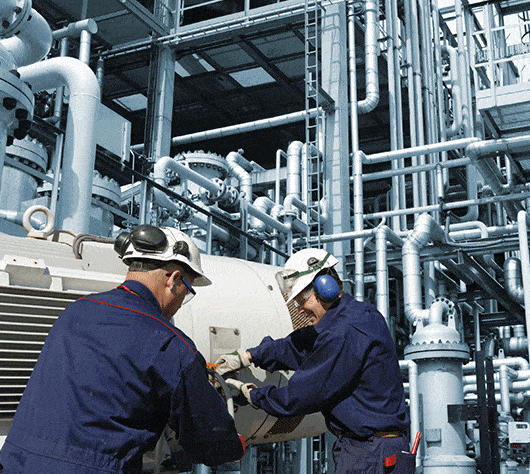Rumored Buzz on Roar Solutions
Rumored Buzz on Roar Solutions
Blog Article
Unknown Facts About Roar Solutions
Table of ContentsThe 15-Second Trick For Roar Solutions5 Easy Facts About Roar Solutions DescribedThe 10-Minute Rule for Roar Solutions
In order to protect installments from a potential explosion a technique of analysing and identifying a possibly unsafe area is called for. The function of this is to guarantee the correct selection and installment of equipment to inevitably avoid a surge and to guarantee security of life.
(https://www.cheaperseeker.com/u/roarsolutions)
No tools must be installed where the surface area temperature of the devices is higher than the ignition temperature level of the provided threat. Below are some common dust hazardous and their minimum ignition temperature level. Coal Dirt 380C 225C Polythene 420C (thaws) Methyl Cellulose 420C 320C Starch 460C 435C Flour 490C 340C Sugar 490C 460C Grain Dirt 510C 300C Phenolic Resin 530C > 450C Aluminium 590C > 450C PVC 700C > 450C Residue 810C 570C The chance of the threat being present in a focus high adequate to create an ignition will vary from location to area.
In order to categorize this risk a setup is separated right into areas of risk depending upon the amount of time the hazardous is existing. These areas are referred to as Areas. For gases and vapours and dirts and fibers there are 3 zones. Area 0 Area 20 A hazardous ambience is extremely most likely to be present and might be existing for extended periods of time (> 1000 hours per year) and even continuously Zone 1 Area 21 A hazardous atmosphere is feasible yet unlikely to be present for long periods of time (> 10 450 C [842 F] A category of T6 implies the minimum ignition temperature is > 85 C [185 F] Dangerous area electric devices perhaps made for usage in greater ambient temperatures. This would showed on the rating plate e.g. EExe II C T3 Ta + 60C( This implies at 60C ambient T3 will certainly not be gone beyond) T1 T1, T2, T3, T4, T5, T6 T2 T2, T3, T4, T5, T6 T3 T3, T4, T5, T6 T4 T4, T5, T6 T5 T5, T6 T6 T6 A T Course ranking of T1 suggests the maximum surface area temperature level produced by the instrument at 40 C is 450 C. Assuming the linked T Course and Temperature level rating for the tools are suitable for the location, you can always utilize an instrument with a much more rigid Division ranking than needed for the location. There isn't a clear response to this concern sadly. It actually does depend upon the kind of tools and what fixings need to be lugged out. Tools with details examination treatments that can't be performed in the field in order to achieve/maintain 3rd party score. Need to come back to the factory if it is prior to the equipment's solution. Area Fixing By Authorised Employee: Difficult testing may not be needed nonetheless certain procedures might require to be adhered to in order for the tools to maintain its 3rd party score. Authorized employees have to be employed to carry out the work properly Repair work need to be a like for like substitute. New element need to be taken into consideration as a straight replacement needing no unique testing of the equipment after the repair is total. Each tool with a dangerous score ought to be examined separately. These are outlined at a high level below, yet for more in-depth info, please refer directly to the guidelines.
Roar Solutions for Beginners
The devices register is a detailed database of devices records that includes a minimum collection of areas to determine each item's place, technical parameters, Ex-spouse category, age, and environmental information. The proportion of In-depth to Close inspections will certainly be determined by the Tools Danger, which is analyzed based on ignition threat (the likelihood of a source of ignition versus the chance of a combustible atmosphere )and the unsafe area category
( Zone 0, 1, or 2). Applying a durable Risk-Based Evaluation( RBI )strategy is critical for guaranteeing conformity and security in taking care of Electrical Tools in Hazardous Areas( EEHA).
What Does Roar Solutions Do?

In terms of eruptive danger, a hazardous area is an atmosphere in which an explosive environment exists (or might be expected to be present) in quantities that require linked here unique precautions for the building and construction, installment and use of tools. Roar Solutions. In this write-up we check out the obstacles faced in the work environment, the threat control procedures, and the needed expertises to work safely
It is a consequence of modern-day life that we manufacture, store or manage a series of gases or liquids that are considered combustible, and a variety of dusts that are regarded combustible. These compounds can, in certain problems, create explosive environments and these can have significant and tragic consequences. A lot of us know with the fire triangle remove any kind of one of the three aspects and the fire can not occur, but what does this mean in the context of hazardous areas? When damaging this down into its simplest terms it is essentially: a mix of a certain amount of release or leak of a certain substance or material, blending with ambient oxygen, and the presence of a source of ignition.
In the majority of instances, we can do little regarding the levels of oxygen in the air, but we can have substantial influence on resources of ignition, for instance electric tools. Hazardous areas are recorded on the harmful location classification drawing and are identified on-site by the triangular "EX" indicator. Below, among various other vital details, areas are divided into three kinds relying on the danger, the likelihood and duration that an eruptive ambience will certainly exist; Area 0 or 20 is regarded the most dangerous and Zone 2 or 22 is deemed the least.
Report this page